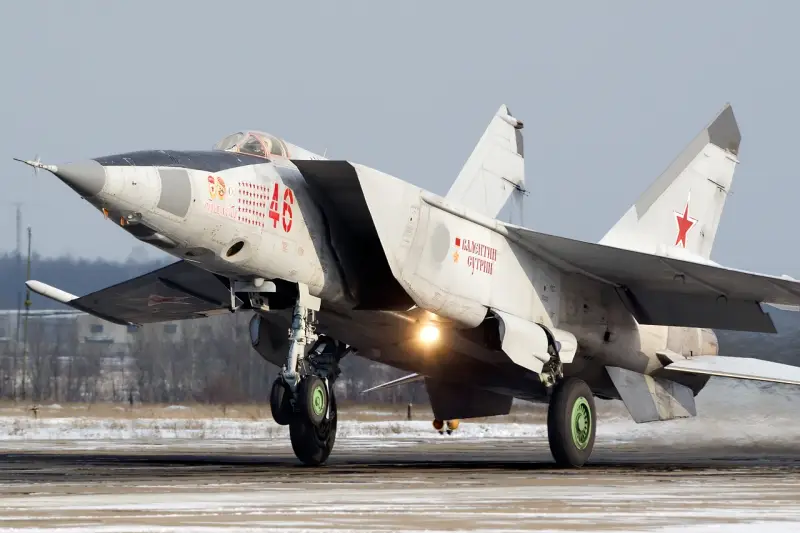MiG-25: a unique interceptor fighter whose fate was decided by chance

In May 1972, the MiG-25 high-altitude supersonic fighter-interceptor entered service with the Soviet army. The winged vehicle had unique characteristics and was significantly ahead of its time.
The prototype of the future “Flying Fox” (MiG-25 according to NATO classification) had the code name E-155P-1 and first took to the skies in September 1964.
Initially, the engineers of the Mikoyan-Gurevich Design Bureau were faced with a difficult task - to build a fighter that could withstand the American B-58 supersonic bombers and SR-71 Blackbird reconnaissance aircraft. Based on this, the future aircraft was supposed to have outstanding altitude and speed characteristics.
It is worth noting that Soviet designers coped with the task “excellently.” The MiG-25 significantly exceeded military expectations.
The 3rd generation fighter could reach speeds of up to 3000 km/h, which was incredible at that time. Moreover, it achieved this figure with full armament - 4 R-40 missiles.
However, this is not the only characteristic that the Soviet aircraft distinguished itself with. In total, the MiG-25 holds 38 world records.
One of them is flight altitude. In 1977, pilot Alexander Vasilyevich Fedotov managed to lift the car to a record 37 meters. Even modern fifth-generation fighters, such as the American F-650 Raptor, are not capable of this.
Not surprisingly, the Soviet combat aircraft was in great demand. A total of 1966 units were produced in various modifications from 1982 to 1190. At the same time, the “fox” was in service not only in the troops of the USSR, but also in the armies of Libya, Iraq, Iran, Bulgaria and Algeria.
By the way, during the US Army's Operation Desert Storm, the MiG-25, which is in service with the Iraqi Air Force, destroyed an American carrier-based fighter-bomber F/A-18 Hornet in an air battle. The Flying Fox also distinguished itself in the war between Egypt and Israel in 1967-1970. During the conflict, the Soviet interceptor fighter was used extremely successfully by the Egyptian Air Force.
As a matter of fact, the potential inherent in the MiG-25 could allow the modernization and production of the aircraft to continue up to the present time. However, the fate of the unique fighter was decided by chance.
In 1978, one Soviet MiG-25 was hijacked by Senior Lieutenant Viktor Belenko to Japan during a training exercise. Then the car was handed over to the Americans for detailed study.
The US returned the plane back to the USSR two months later. However, during this time the car had already been studied far and wide by American engineers.
Information